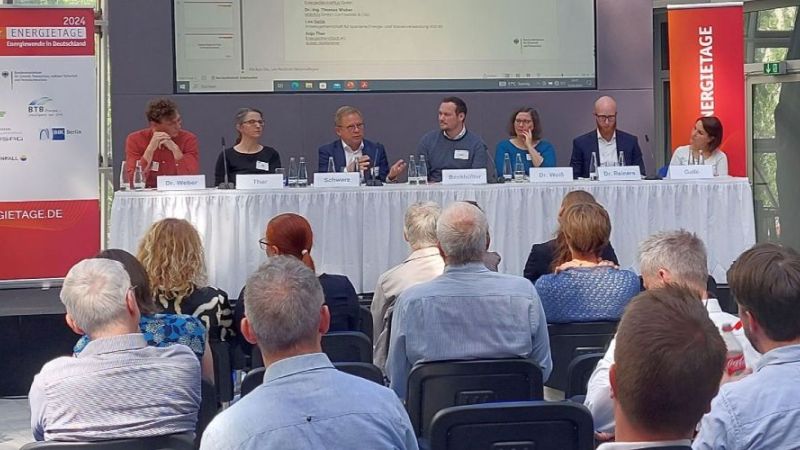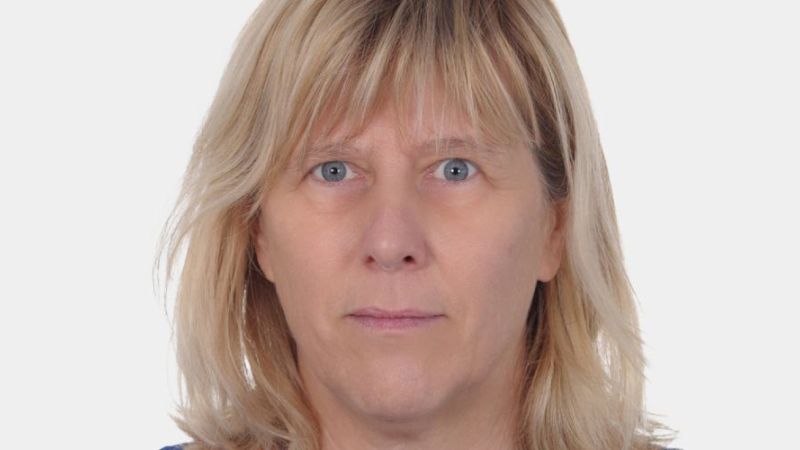 © Fraunhofer ISE – Dirk Mahler
© Fraunhofer ISE – Dirk Mahler
Photovoltaics
Fire away for innovative solar cell contacting
In the Feuerdrache ('Fire Dragon') research project, a team of scientists developed new contact burning processes for highly efficient silicon solar cells. These processes are based, among other things, on innovative beam sources and inline quality control.
The Feuerdrache research project produced a wide range of findings in the field of photovoltaics. These start with the production of solar cells and the technologies used for this. PERC (Passivated Emitter and Rear Cell) type solar cells were used in the project. PERC is a highly efficient cell concept that currently has the highest market share in photovoltaic production. It is currently the industrial standard.
Solar cells contain metallic conductors called contacts. They are necessary to dissipate the power generated in the cell. In the PERC solar cell, the so-called firing process is needed to form contacts between the metal layers and the silicon layers on both sides. This means that the solar cell only becomes electrically functional after the firing process. The firing process in production therefore plays a decisive role for optimal cell efficiencies. The developments from the Feuerdrache project can generally be transferred to other cell concepts. The TOPCon technology (Tunnel Oxide Passivated Contacts) is particularly promising. It could replace PERC technology in mass production in the next few years.
In addition to the new technologies, the team of scientists also developed fast contact firing processes that allow the throughput of PERC solar cells to be increased in production.
Advanced contacting process in the field of silicon photovoltaics
The researchers used innovative processes to significantly increase the transport speed and thus almost double the throughput in a contact burn furnace. Contact burn furnaces are industrial continuous furnaces. It was possible to maintain the efficiency level of the solar cell at the same time. The team of scientists therefore succeeded in boosting the contacting process required in the production of PERC solar cells to about double the throughput, compared to the standard of the Fraunhofer Institute for Solar Energy Systems ISE, while maintaining the same efficiency.
Currently, static infrared sources are used for the firing process to heat up the illuminated object. The Feuerdrache project successfully evaluated a novel beam source - VCSEL (Vertical Cavity Surface Emitting Laser). It holds the potential for an alternative contacting technology suitable for mass production. Compared to the classic burning chamber, in which the wafers are heated by means of reflected radiation and convective heating, the VCSEL irradiates the wafers directly and over a large area. The ambient air does not need to be heated. This allows the heat to be coupled onto the wafer in a more targeted manner. During the contact burning process in industrial production, the beam source can help to allow more flexible temperature profiles in order to better respond to the increasing demands of the processes. The innovative technology also offers advantages both in terms of energy consumption and from an economic perspective: Their use allows smaller industrial plants to be realised, in contrast to the long contact burn systems that have been common up to now.
New system for controlling the contacting process
In addition to the previously mentioned developments, the team of scientists successfully established a so-called inline control system using infrared thermography. The system can help in industrial applications to react to process fluctuations in contacting processes. It uses an infrared camera to record the maximum temperature of the complete silicon wafer during the formation phase of the contacts. This documents how the temperature is distributed and reacts to existing process fluctuations. Especially in the so-called "peak phase", the hottest phase of the burning process, it is crucial to be able to measure and control the temperatures, as this is the period of the production process in which the maximum temperatures occur. The contacting of the wafers is therefore subjected to extraordinarily demanding conditions during this phase. The wafer temperature controlled by the inline system supports quality control during this manufacturing step. The aim is to achieve the most homogeneous temperature distribution possible.
Key technology contact burning process
With the aforementioned developments, the research results from the Feuerdrache project contribute to optimising the contact burning process that is central in the production of silicon solar cells. Instead of the large furnaces used in industry so far, more efficient contact burn furnaces can be used in the future. In addition, the scientists are contributing to research transfer with these results, from solar cell production under laboratory conditions to improved processes for industrial mass production.
The German Federal Ministry for Economic Affairs and Energy (BMWi) provided funding for the Feuerdrache project. It was carried out as a joint project by Fraunhofer ISE and InfraTec. (av)











